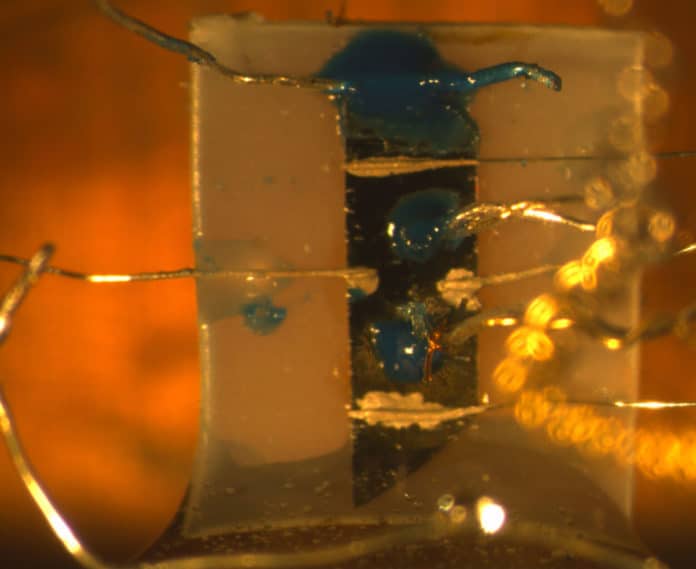The basic principle of superconductivity is the formation of electron pairs. By pairing up together, the electrons can overcome any electrical resistance, making the material a superconductor. In simple, no electron pairs, no superconductivity.
Can the electrons condense into foursomes?
A new study found the answer, suggesting that they can. A physicist at the KTH Royal Institute of Technology offered the first experimental evidence of electron quadruplets, discovered a new state of matter. The study also unravels the mechanism through which this state of matter occurs.
Physicist Egor Babaev from the KTH Royal Institute of Technology and collaborators offered the evidence on fermion quadrupling in the iron-based material, Ba1−xKxFe2As2. The results follow nearly 20 years after Babaev first predicted this phenomenon and eight years after publishing a paper indicating it could occur in the material.
In recent years, the theoretical idea of four-fermion condensates has become broadly accepted.
The formation of a fermion quadrupling state requires something that prevents condensation of pairs and prevents their flow without resistance. At the same time, it should enable the condensation of four-electron composites.
Bardeen-Cooper-Schrieffer’s theory does not allow such behavior.
In 2018, Babaev’s experimental collaborator at Technische Universtät Dresden, Vadim Grinenko, discovered the first signs of fermion quadrupling condensate. The discovery challenged years of prevalent scientific agreement.
After conducting experiments and investigations in the lab for three years, Babaev could validate the findings.
Babaev says that “key among the observations made is that fermionic quadruple condensates spontaneously break time-reversal symmetry. In physics, time-reversal symmetry is a mathematical operation of replacing the expression for time with its negative in formulas or equations so that they describe an event in which time runs backward, or all the motions are reversed.”
“If one inverts time direction, the fundamental laws of physics still hold. That also holds for typical superconductors: if the arrow of time is reversed, a typical superconductor would still be the same superconducting state.”
“However, in the case of a four-fermion condensate that we report, the time-reversal puts it in a different state.”
“It will probably take many years of research to fully understand this state. The experiments open up several new questions, revealing several other unusual properties associated with its reaction to thermal gradients, magnetic fields, and ultrasound that still have to be better understood.”
Journal Reference:
- Vadim Grinenko, State with spontaneously broken time-reversal symmetry above the superconducting phase transition, Nature Physics (2021). DOI: 10.1038/s41567-021-01350-9
